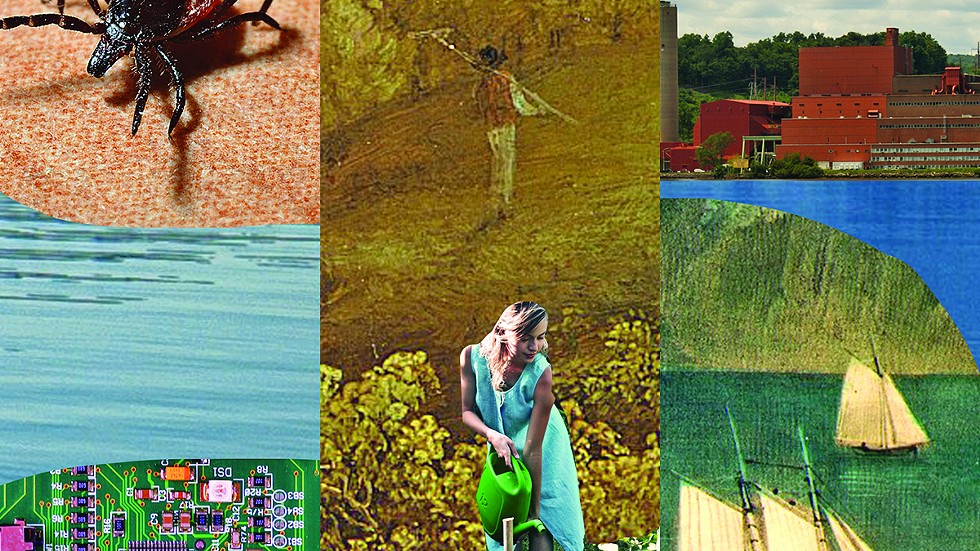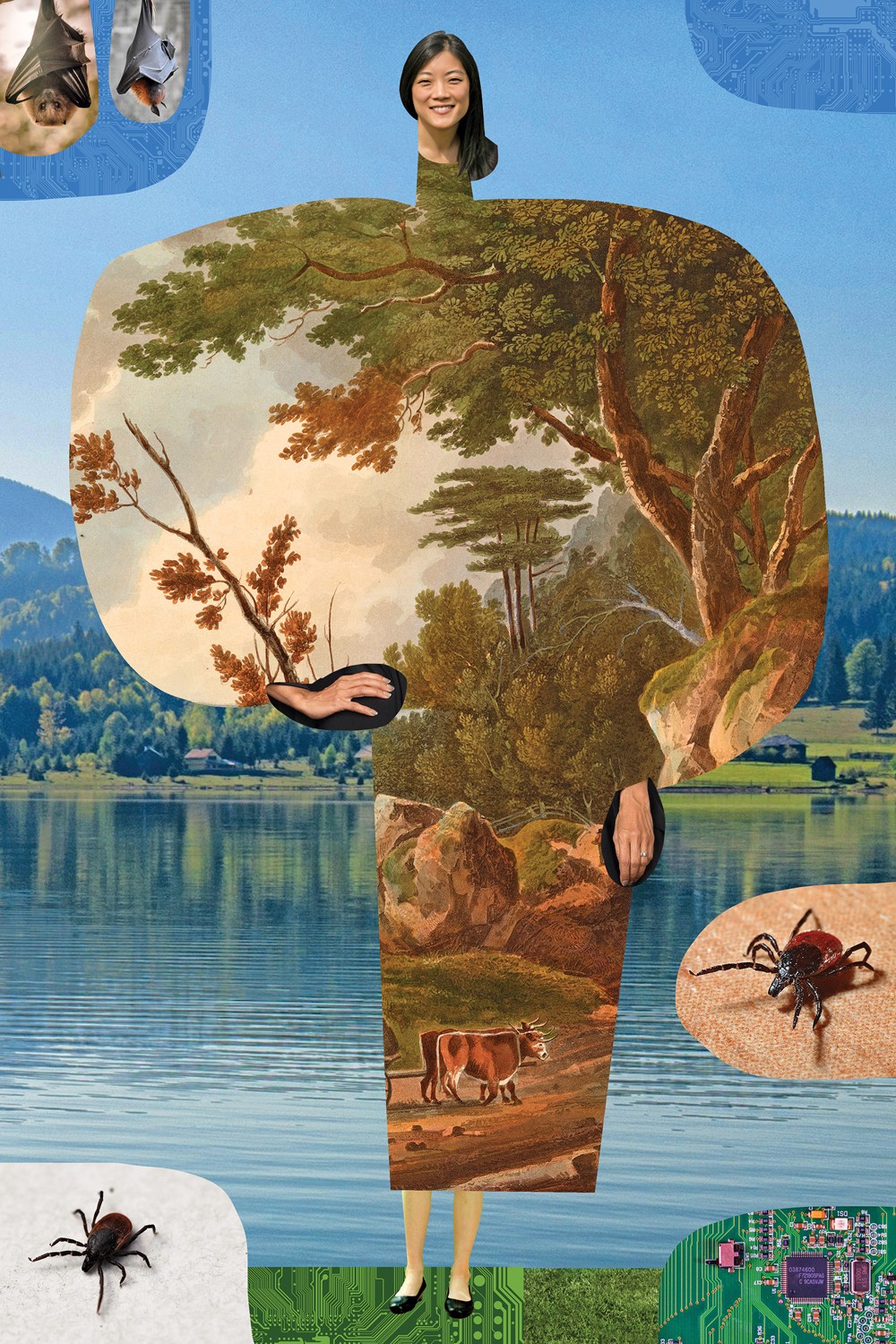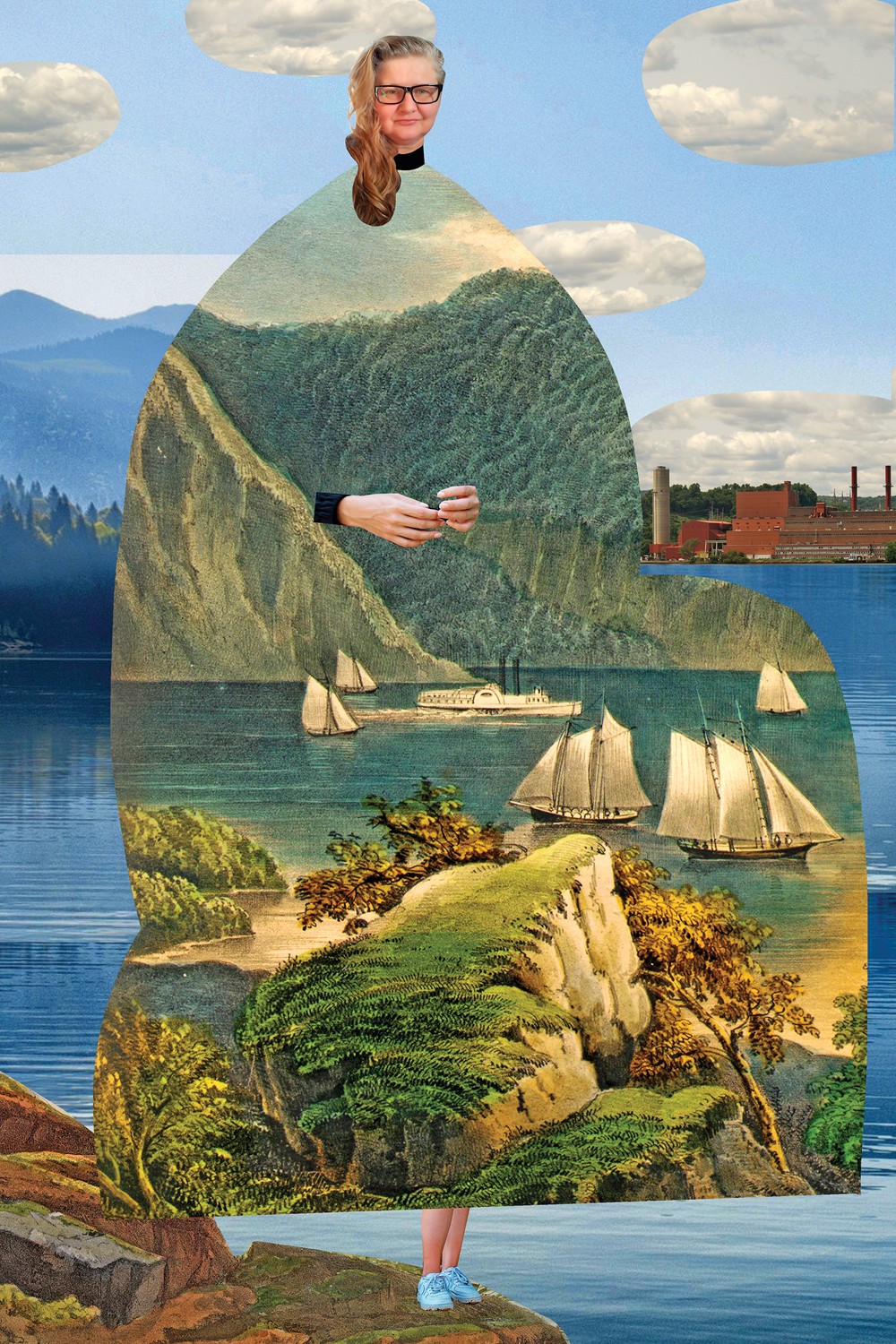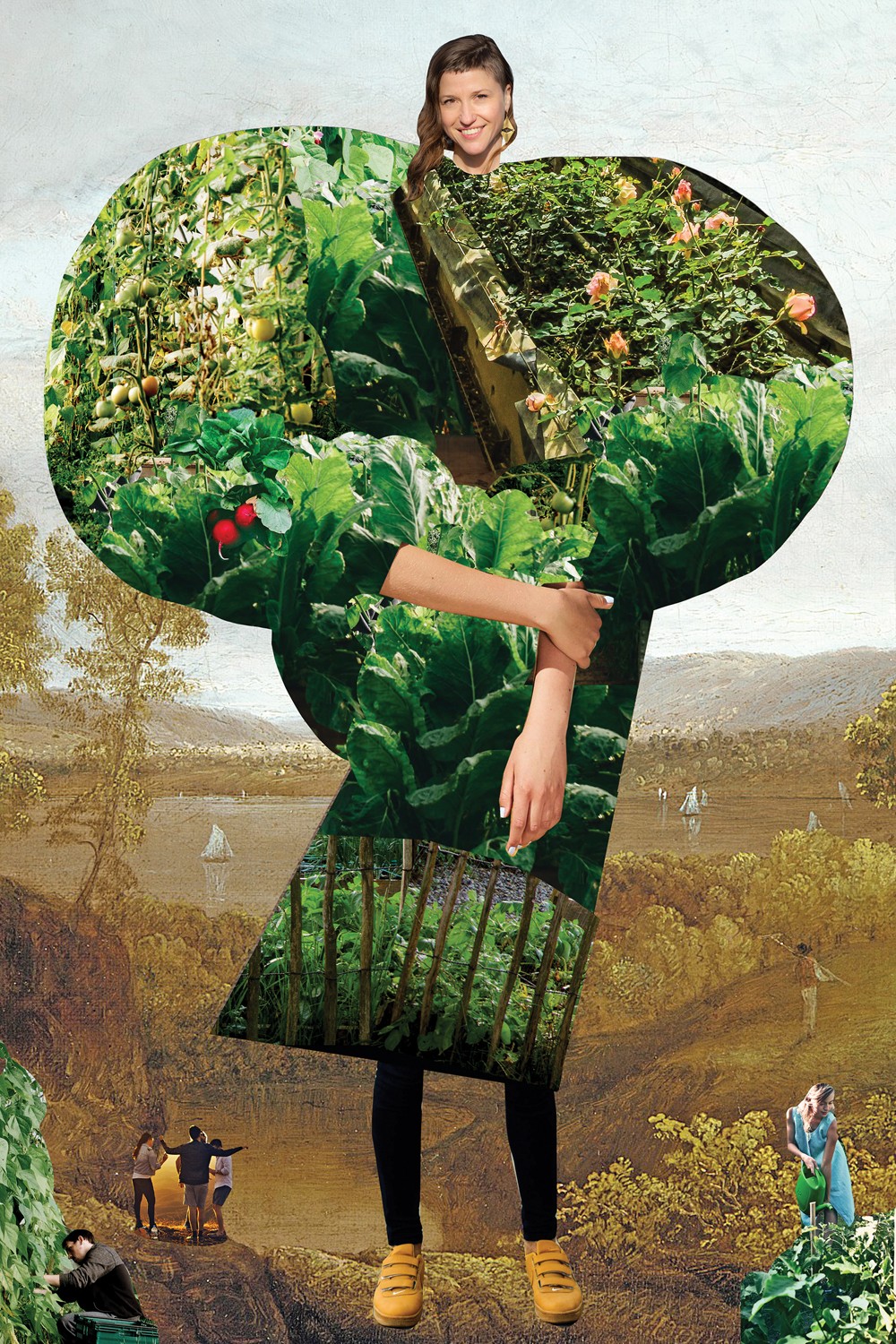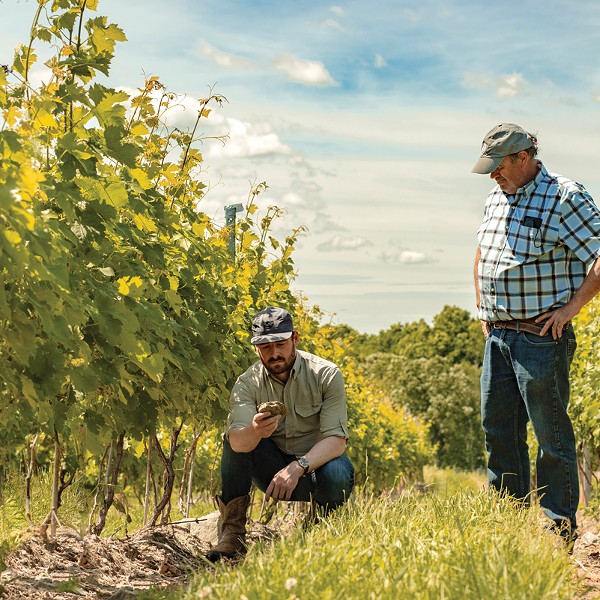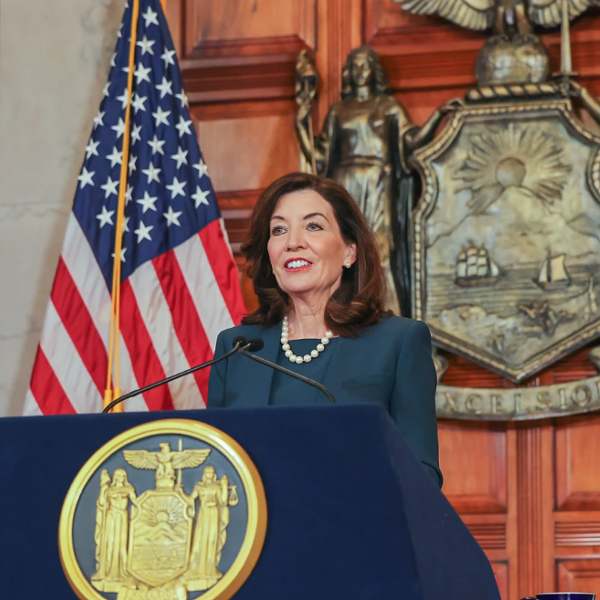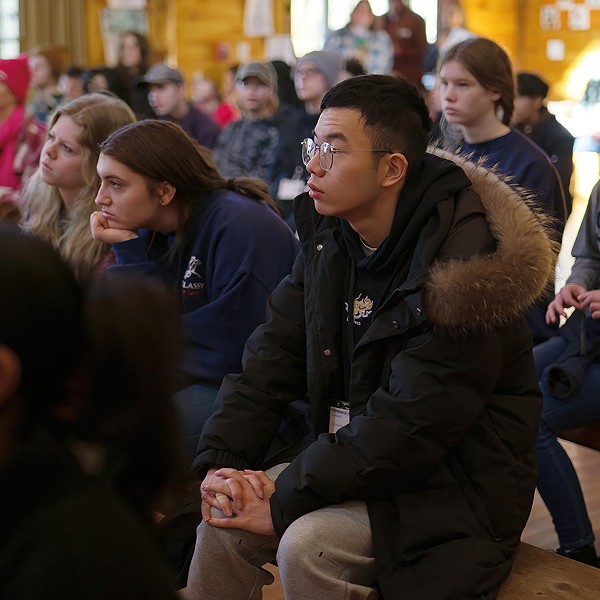This is part three of a four-part series published in partnership with Scenic Hudson.org’s HV Viewfinder.
Sometimes we’re told change will take decades, even generations. Then world-shaking events like the COVID-19 pandemic show us it really can happen in a hurry. Such is the case with climate change—too often, we’ve been told that altering our approach to energy, agriculture, and everything else associated with making our world more sustainable will have to be incremental. Suddenly, this year we saw that rapid shifting really is possible when we all feel the global urgency.
And urgency is exactly what climate change calls for. As 2020 recedes in the rearview—a year that brought us a global health crisis, record wildfires and hurricanes, and a new understanding of the interlinked and systemic inequities in American society—we wanted to ask a diverse group of local environmental advocates what they envision in their areas over the next decade, and just as importantly, how we get there.
In the Hudson Valley as elsewhere, the movements toward inclusivity and justice are being led by young people and people of color. At The River, we pride ourselves on elevating their voices. For this digital feature, we have teamed up with Scenic Hudson.org’s HV Viewfinder. Scenic Hudson, too, sees this region’s powerful citizen-activists building community and strengthening resilience in the face of climate change.
The series is enriched by collages depicting each subject and their vision, illustrated by the artist Johanna Goodman. Read on and dream what really is possible for the Hudson Valley—and within shorter order than we might think possible. — Lynn Freehill-Maye and Phillip Pantuso
Dr. Barbara Han
Disease ecologist, Cary Institute of Ecosystem Studies
What I envision: Two-thirds of emerging diseases in humans today are zoonotic [caused by pathogens that jump from nonhuman animals]. We are encroaching upon and changing our environments to an unprecedented degree, and the disease consequences are not surprising. A key challenge with emerging diseases is predicting where new ones will come from. We are training AI to learn from system-level data, to recognize the differences between species carrying disease-causing pathogens versus those that don’t, and to suggest hypotheses about why certain species are better disease carriers. There is real danger if we continue to persist as if we are immune to the consequences of our actions. The current pandemic is evidence of that. Rather than waiting to respond to new outbreaks, I envision a world where we are able to make proactive predictions that will help keep zoonotic diseases at bay, and find win-wins between humans and nature.
How we get there: We need to make a basic societal decision that the science behind these kinds of predictions is worth investing in. This could be a research institute or a government intelligence agency focused on predictive analytics and forecasting for disease emergence. As an analogy, we have a weather forecasting service, which we decided was worthy of investment because of direct economic benefits weather has on day-to-day life. Predicting diseases will be much harder than predicting the weather, but the case is clear that a concerted effort is necessary. And it should not be subjected to the vicissitudes of politics. The potential for science to improve humanity is limitless, but investments into basic research don’t always produce a tangible object. Sometimes what we get is a deeper understanding of these complex systems. But knowledge is fundamentally more important and will almost always be a major factor limiting our repertoire of solutions to disease outbreaks.
Tamsin Hollo
Representative, Newburgh Clean Water Project
What I envision: Public water systems must be protected. Our local Water Department has acted heroically to preserve and manage our water quality and repair our crumbling water infrastructure. But because we don’t own the land around our water supply, we’re powerless to halt the burgeoning big box stores and their vast blacktop parking lots. Watershed restoration and clean water don’t exist in a vacuum. Without protections for Newburgh similar to the legislation passed in New Jersey recently, which protects environmental justice communities like ours from polluters, corporations do whatever makes money for them, while the long-term residents pay the price in terms of health and life expectancy. We will fight until we have redressed the racism inherent in this extractive economy, which profits from the deaths of Black and brown people.
How we get there: I’m encouraged by a shift away from the extractive model to a more holistic framework for humans to live within their landscape, not dominate it. There are promising developments in neutralizing PFAS, including using copolymers to dissolve the molecular chains which bind them. Ultimately though, we have to stop playing environmental whack-a-mole, constantly chasing toxicity. And that takes social change and legislation. Corporations must prove their products are beneficial and safe to produce. Communities which have borne the burden of manufacture and power generation must be given time to recover. Lastly, I’m energized by the amazing light that young people bring to this movement. They are fearless and indomitable.
Kaya Weidman
Executive Director, Kite’s Nest
What I envision: I want to see kids and families, particularly BIPOC and low-income families, feel that they are living and growing in a place where they belong, they are valued, where they can run a business, run for office, organize, and can afford to live with dignity. I’m excited about the way racial justice is being centered across many movements. I hope we make progress on large-scale social welfare policies like UBI and Medicare for All so people don’t have to keep doing GoFundMe’s to pay their damn hospital bills and we no longer have a 10 percent homeless student rate in the Hudson City School District.
How we get there: The end of capitalism! To be honest, I anticipate an incredibly difficult decade ahead as we fight to make real gains for Black liberation, Indigenous sovereignty, poor and working class people, trans and queer folks, young people, undocumented folks, women and femmes, as we forge inroads to undermine fascism and neoliberalism and face the brunt of climate crisis. In the brief popular awakening we witnessed this summer, we recognized our collectiveness, our interdependence, and our fragility. We also started to see how effective grassroots organizing is and how important it is to get resources directly to people on the ground. Most examples of significant acts of reparations have involved changing the actual curriculum kids are being taught. We need this to happen on a nationwide scale, permanently. But while we pressure the government and schools to change their ways of teaching, we can do this work right now from the outside, by expanding community-based educational models.
For more in this series: Part One—Housing & Transportation | Part Two—Sustainable Agriculture. The final part will be published tomorrow. This article was also published in the January 2021 issue of Chronogram.
Johanna Goodman is an internationally exhibited artist whose principal medium is collage. Based in New York, she studied at the Parsons School of Design and was awarded the 2017 New York State Council for the Arts fellowship in the printmaking/drawing/book arts category. Follow her on Instagram @johannagoodman or Facebook @johanna.goodman.3.







